Beneatha’s Place at the Young Vic
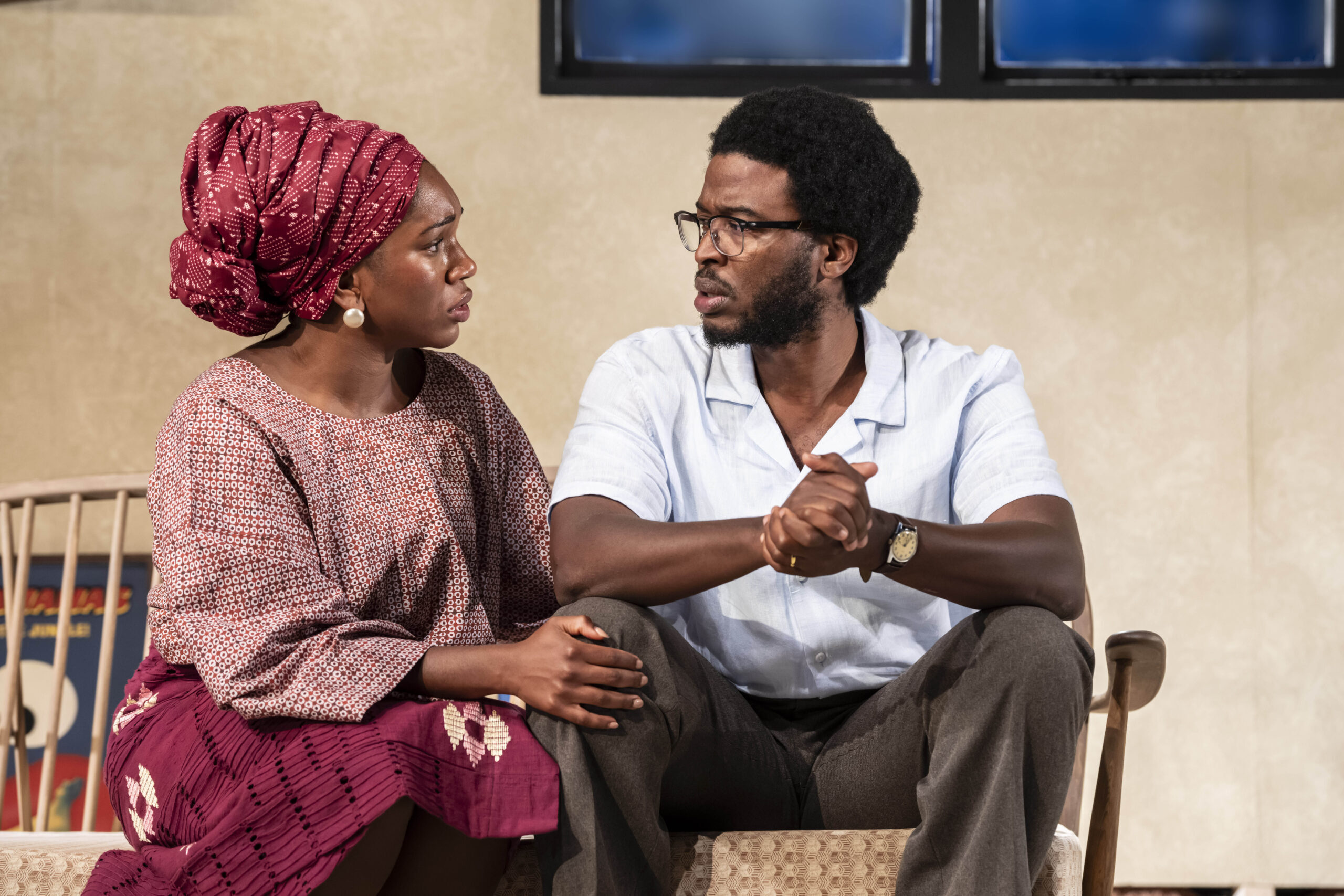
Beneatha’s Place is a remarkable play written and directed by Kwame Kwei-Armah, delving into the complexities of post-colonial Africa, particularly Nigeria, and tackling important sociological questions surrounding race. The narrative centres around Beneatha (Cherrelle Skeete), who experiences the tragic loss of her child and husband, embarking on a journey back to America to advocate for civil rights. Her ultimate goal is to establish African-American studies in the curriculum, and the play follows her transformation into a Dean, attempting to convince her colleagues and the world at large of its necessity.
The seamless fusion of Kwei-Armah’s writing and direction is a testament to his exceptional talent and finesse. The show feels flawlessly executed, with every word and movement thoughtfully placed, creating an intimate and compelling experience for the audience. The pacing of the play maintains a captivating rhythm, ensuring there is never a dull moment. The weightier aspects are given the space to breathe and resonate, while the more comedic and satirical moments are skillfully delivered with fast-paced precision, showcasing the cast’s synchronicity.
In most productions, the set, sound and lighting merely serve as supporting elements, but in Beneatha’s Place, they become integral components that are as crucial as the actors on stage. Particularly in the first act, there are meticulously crafted moments where these elements align perfectly with the onstage action, leaving a profound impact on the audience. However, it is important to acknowledge that the actors themselves are vital to these scenes. Similar to a ballet, the sound and lighting enhance the actors’ emotive performances, allowing them to convey depths of emotion that might not be possible without such technical brilliance. Notably, Cherrelle Skeete astounds the audience in the titular role, capturing the tragedy through the physicality of her performance. Despite the inherent challenges, she masterfully conveys Beneatha’s emotions, establishing a symbiotic connection with the audience. Throughout the play, Skeete keeps the character of Beneatha fresh, engaging and entertaining, elevating her into a compelling voice to be heard, avoiding the risk of descending into mere caricature.
Zackary Momoh delivers a captivating performance throughout both acts, embodying the characters of Asagai, Beneatha’s husband, and Wale Oguns, a passionate junior professor. His portrayal of Asagai skillfully balances the character’s outward stoicism with the tenderness brought about by his love for Beneatha. Momoh adeptly conveys the internal struggle Asagai faces, torn between his affection for his homeland and his yearning for independence. In a remarkable transformation, Momoh then effortlessly transitions into the role of Wale, a shift that initially raises concerns about the potential jarring effect or Freudian undertones. However, any doubts are swiftly dispelled as Momoh immerses himself completely in the new character, leaving the audience in awe of his versatility. It becomes difficult to believe that both roles are portrayed by the same actor. One of the most poignant moments occurs when Momoh exits the stage as Wale and returns as the spirit of Asagai, evoking a profound emotional response that moved this reviewer to tears. The display of affection between the two characters is executed with such beauty and significance that it resonates deeply.
Sebastisn Armesto and Jumoké Fashola also deserve recognition for their turns as Daniel/Mark and Professor Jones/Aunty Fola, respectively. Their impeccable comedic timing provides much-needed relief when necessary, while both characters serve as vessels for delivering the play’s overarching message. Their talent as actors enables them to pivot between farce and seriousness, ensuring the moral core of the production remains cohesive and impactful.
Overall, Beneatha’s Place occupies a crucial space in contemporary society, where race remains a pressing issue and more must be done to challenge the mindsets of the past and forge a brighter future. As the play suggests, young people are not lacking in strength to confront racial challenges – they are simply fatigued. The powerful message conveyed through the production encourages the audience to stand their ground until they regain their strength. It urges individuals to choose between moving forward or stepping back, to actively engage in the fight for a better society or leave it to others. Regardless of one’s stance, Beneatha’s Place provides an opportunity for reflection on personal contributions to both history and the future. It takes you on a compelling journey of tragedy, resilience and the power of change.
Natallia Pearmain
Images: Johan Persson
Beneatha’s Place is at the Young Vic from 27th June until 5th August 2023. For further information or to book visit the theatre’s website here.



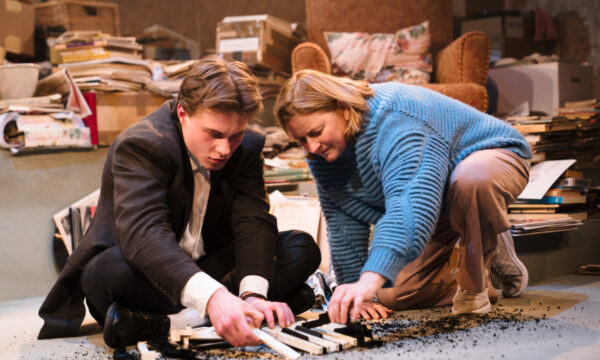

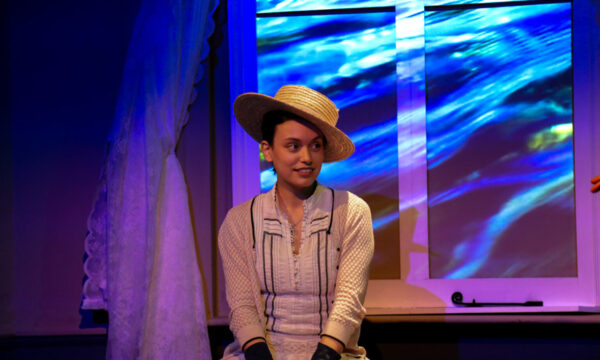

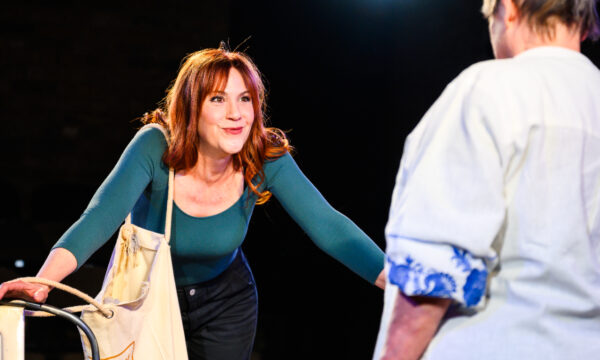
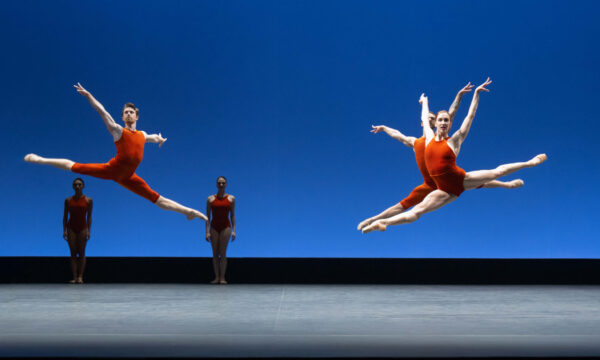
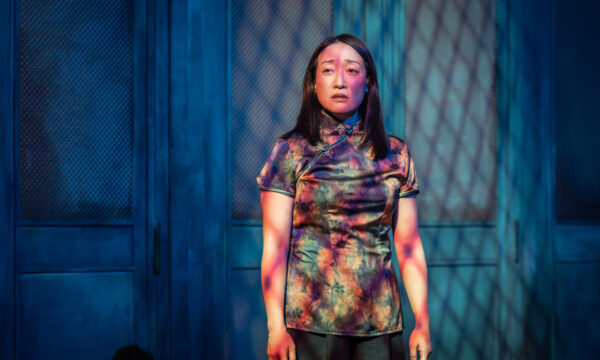
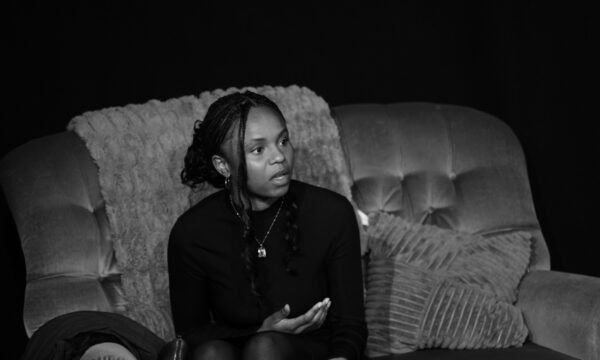














Facebook
Twitter
Instagram
YouTube
RSS